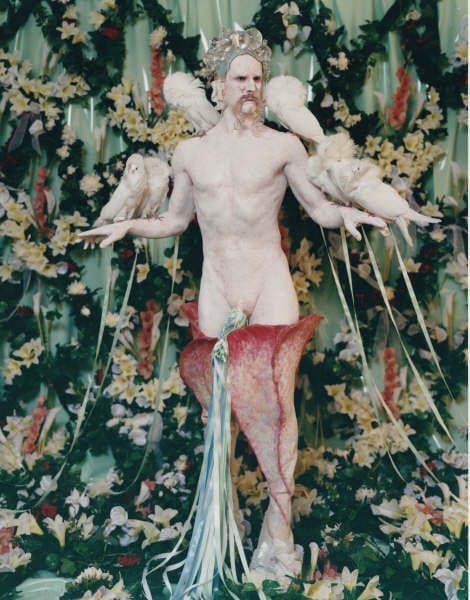

“ CREMASTER 2 is not only the most integrated and elaborate work in the CREMASTER series, but it also references Barney’s roots in the West,” stated SFMOMA Director David A. to have all of Barney’s CREMASTER films in its collection. The Walker is the only museum in the U.S. His first solo museum exhibition was at SFMOMA in 1991. “It sets a precedent that could benefit artists who are working at a scale that is challenging to collect.”īoth institutions have a long-standing relationship with Matthew Barney’s work. “It’s encouraging that two prestigious institutions can cooperate in this way,” said Barney. First presented in Minneapolis in summer 1999 in an exhibition organized by the Walker, CREMASTER 2 will have its West Coast premiere at SFMOMA on May 20 and will remain on view through September 5, 2000. SFMOMA and the Walker are the first museums in the United States to acquire an installation from Barney’s elaborate and critically acclaimed CREMASTER series, an epic sequence of multimedia installations that has been likened to a contemporary Ring Cycle. Installed in the small, cavernous spaces of Hydra’s Slaughterhouse, the works sit side by side, like toys in a doll house, alongside Marcel Duchamp’s maxim “A Guest + A Host = A Ghost.” Serving as inspiration for the exhibition, Duchamp’s piece of word play, which appears inscribed in a 1968 issue of the magazine S.M.S., suggests the transformations that occur when disparate ideas and objects are combined.The San Francisco Museum of Modern Art (SFMOMA) and the Walker Art Center, Minneapolis, announced today the joint acquisition of Matthew Barney’s most recent work, CREMASTER 2: The Drones’ Exposition.
MATTHEW BARNEY NEWS SERIES
Functioning much like a surrealist “exquisite corpse,” the exhibition sets in motion a series of chain reactions between artworks-a domino effect of intense proximities. As any gift, it is a complex tangle of generosity and self-interest.Īs in a chess game, several artists have been invited to “make a move” by selecting artworks and objects from the collection in response, Joannou and Gioni countered by choosing other pieces. Part-divertissement and part-collaborative project, this small exhibition borrows its title from a chess tactic-the “Greek gift sacrifice.” This move, for which a player sacrifices a bishop in order to checkmate, in turn is believed to have been named after the mythical gift of the Trojan Horse from the Achaeans to the city of Troy.

This presentation doubles as a portrait of the collector and serves as a miniature survey of his collection.Ĭoordinated by Massimiliano Gioni, The Greek Gift brings together a series of new and existing works, alongside found objects and impromptu responses from a variety of artists who have maintained decades-long relationships with Dakis Joannou and the DESTE Foundation. Featured in THE GREEK GIFT at the DESTE Foundationįollowing the postponement of a special project by Jeff Koons commissioned for the DESTE Foundation’s Project Space at the old Slaughterhouse in Hydra, Greece, due to COVID-19, a group of artists and friends of Dakis Joannou and the Foundation have come together to swiftly organize a small group show.


 0 kommentar(er)
0 kommentar(er)
